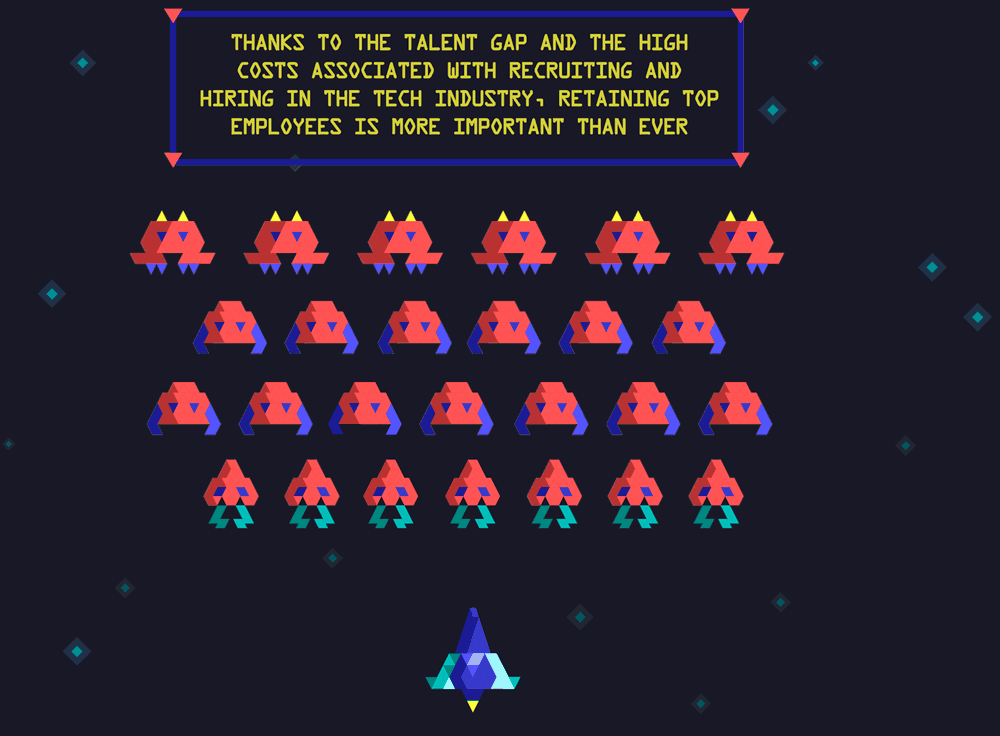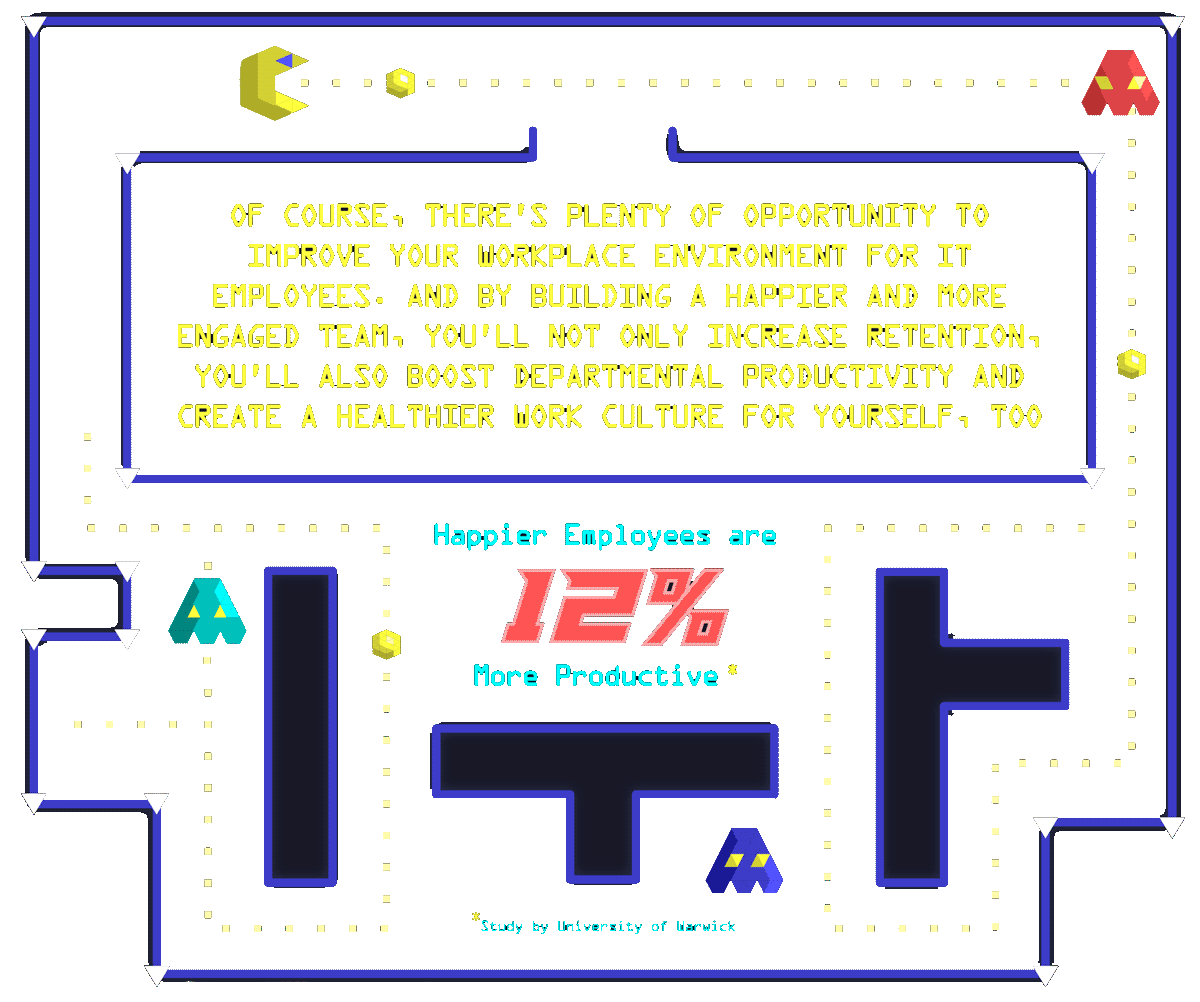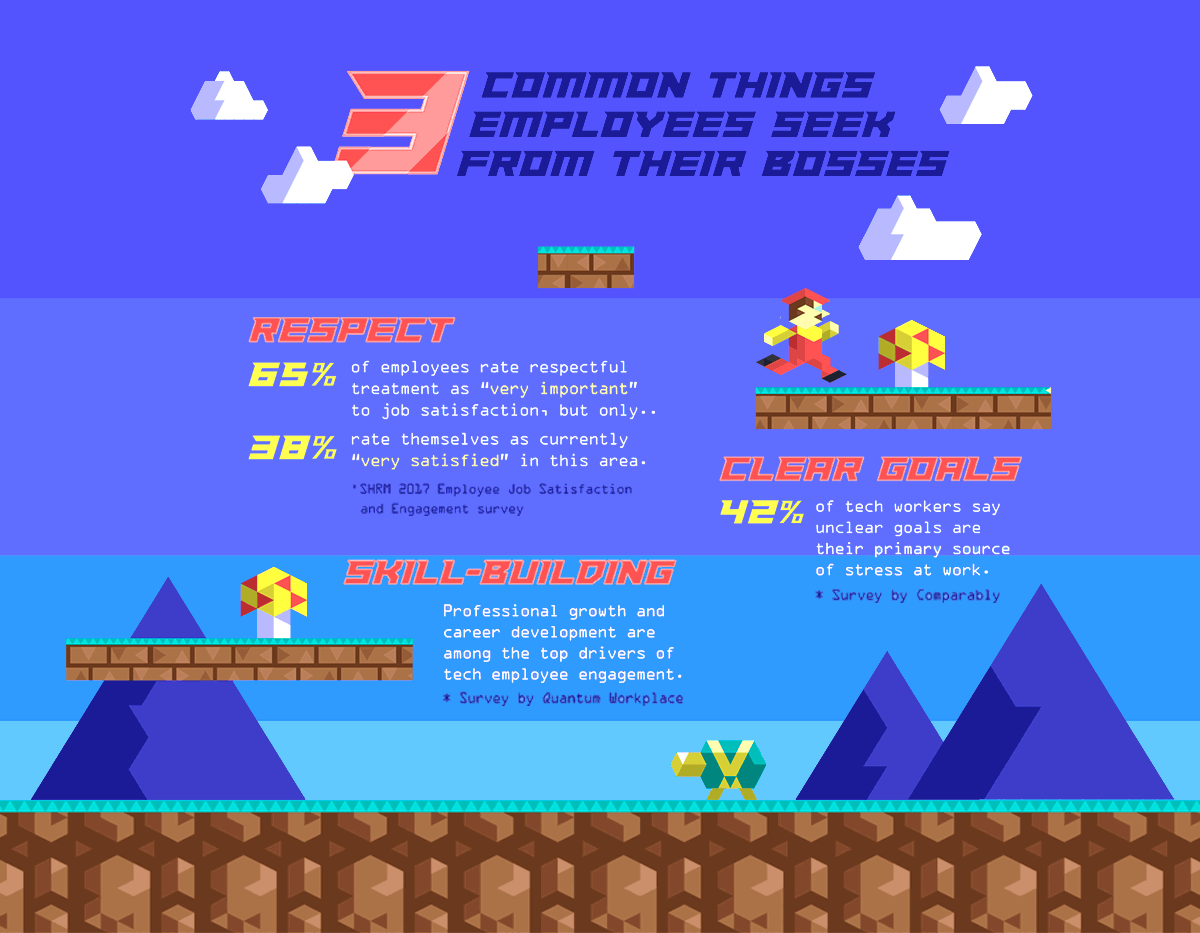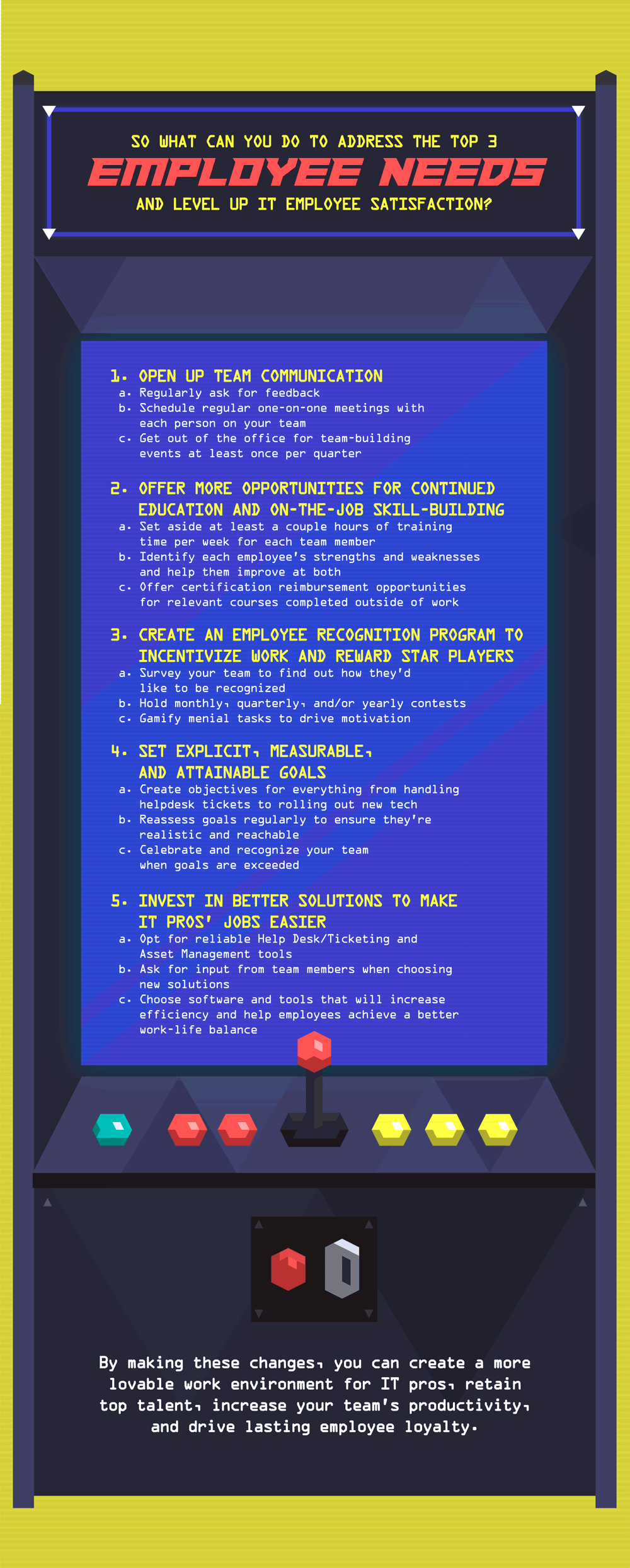In Five Easy Steps
Imagine if one of your team members came to you today and put in their two weeks notice or, worse, decided to leave without any notice at all. There’s no doubt you’d be left scrambling.
Even with well-documented processes and a highly efficient team, you’d still face stalled projects, a growing backlog, and a potential dip in team morale. Not to mention the time you’d have to carve out for recruiting, interviewing, and onboarding a new hire.
We've put together this guide and Downloadable PDFto make sure you're well prepared in order to try to prevent the situation from arising in the first place!

Step One: Denial (Get Over It!)
The cost of losing an employee is much higher than the expenses associated with hiring a replacement. And while organizations should always expect a certain amount of turnover, as a leader it is your responsibility to make sure people aren’t leaving because they’re disengaged, unhappy, or burnt out.

But that’s not as easy as it sounds. As the world becomes increasingly reliant on technology, and the workplace becomes more digital, the demand for experienced IT professionals continues to grow. If an employee isn’t completely satisfied and engaged working for your organization, you have a limited opportunity to course-correct before another organization scoops them up.
IT is a high-stress and high-pressure line of work — but that doesn’t mean IT pros should be feeling dejected at the end of each day. In contrast, the challenges of the job should be exciting and fulfilling. Unfortunately, nearly a third of IT pros are feeling more pressure than necessary and will be seeking new opportunities this year.

And dissatisfaction at work is often contagious. When one IT pro isn’t feeling the love, they’re likely to share their complaints with co-workers who, in turn, may become more critical of their workplace and less satisfied themselves. It’s a dangerous domino effect that can leave you with a toxic work culture, a mass exodus, and terrible reviews on Glassdoor.

Step Two: Acceptance (You Have The Power)
As a leader, you have the power — and the responsibility — to improve things for the better. And the sooner you get started, the more likely you will be to turn someone around before it’s too late.
By helping your team members become happier and more engaged in their work, you’ll also help them become more productive. The more effective your team, the better you stand out as a great leader. It’s really a win-win.
But what exactly do your team members want from you?
In general, employees seek three things: respect, clear goals, and the opportunity to grow their skill sets.

Step Three: Have A Clear Plan
Of course, these expectations shouldn’t surprise you. Aren’t these the same things you want from your own leaders?
Instead of scratching your head about what would make your employees happier, look inward at your own professional wants and needs. Don’t you prefer when your direct superior acknowledges you as an expert, provides a straightforward path marked by attainable objectives, and offers you the ability to learn and further develop your career? At the end of the day, your expectations and those of your team members really aren’t so different.
Need a clear plan to follow? Here’s how you can accomplish all of the above:

Step Four: Soft Skills Are Your Killer App
Here are a few more things to keep in mind about these five to-dos:
• Communication
Check your ego at the door, and practice radical candor. Be honest, and expect honesty in return.
• Skill Building
The cost in time and/or money associated with continued education will come back to your organization in spades in the form of a more knowledgeable and adept employee.
• Employee Recognition
Recognition is a powerful motivator, but it can be cheapened if overused. Thank and praise employees, but only when they truly deserve it. Otherwise, they’ll begin to tune it out.
• Goal-Setting
Make sure your objectives strike a balance between attainable and challenging. And don’t set so many goals that your team loses track.
Step Five: Use The Right Tools For The Job
• Better Tools and Solutions Means A Happy Team
The tools and technologies you provide your employees are tangible proof that you respect their time and want to make sure they’re as efficient as possible. Getting the right IT Helpdesk software, like SherpaDesk, will go a long way towards helping your employees do their jobs easily and more efficiently.
The most important thing is that you, as a small business owner or IT Helpdesk manager, need to make sure you check in often, and keep your finger on the pulse of your team. Get to know every employee’s mood and temperament so you’re able to identify bad days and bouts of frustration before they become a permanent problem.
Don’t be afraid to ask each team member, privately, if they’re happy in their role or if there’s anything that would make them more excited to wake up and tackle their duties at work. While you can’t solve every issue they might have, any attempt to help them feel better about their job will make a positive impression.
By making a regular effort to keep your team members happy and engaged, you’ll help foster a more productive team and a healthier company culture.

Click To Download The "How To Build Happier IT Teams" PDF Guide.






















comments